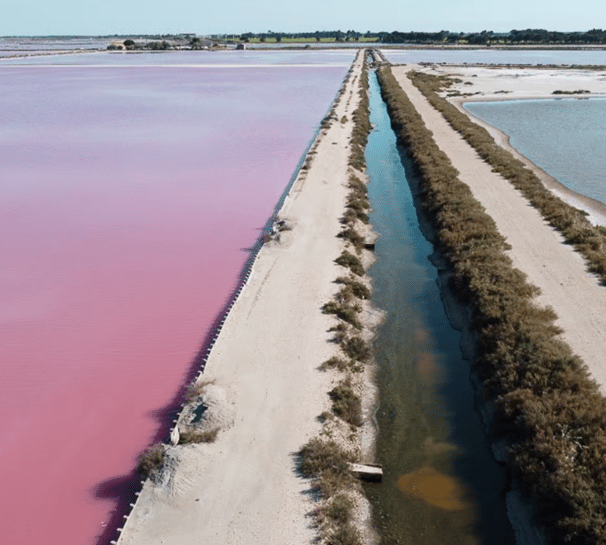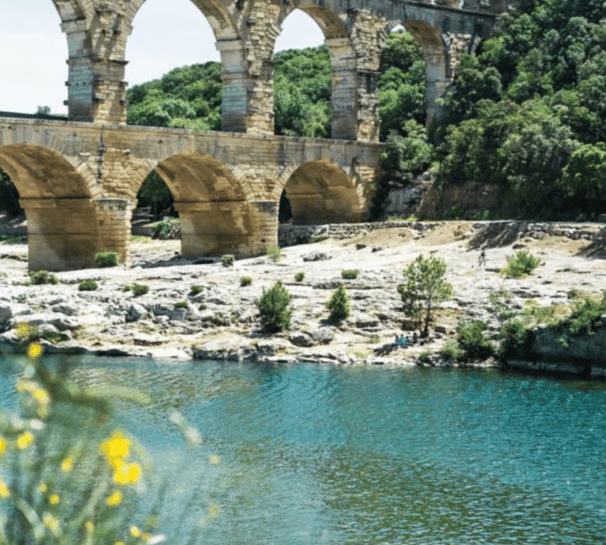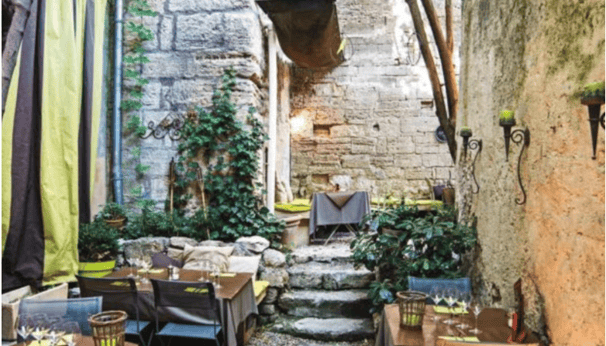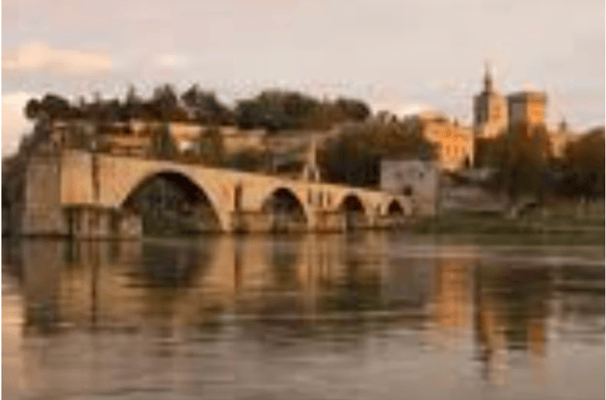
Between Provence and Cévennes....
Come and discover
OCCITANIA
La Magnanerie de Séraphin is located in the Gard department, in Occitania, between Provence and the Cévennes. Occitania - and especially the Gard department- is famous for its colourful cuisine, wines, medieval castles, culture, history, villages and market towns, farms and stone houses full of character.
The Gard is home to many towns and villages, both well-known and lesser-known, that are characterised by the history and charm of this region of France.Among the best known are Nîmes, Montpellier, Arles and Avignon. Lesser-known towns include the medieval town of Uzès, Lussan, one of the 'prettiest villages in France', and many other villages of character such as Barjac (where the famous artist Anselm Kieffer has one of his large artist's studios), Vézenobres, Aigues-Mortes and the ceramics village of Saint Quentin la Poterie.
The Gard is also known for the famous Pont du Gard, a Roman aqueduct over theGardon river, and for the wonderful wild marshes of the Camargue, not far from Nîmes and Arles, as well as for the Cévennes National Park.
The Gard is a place of discovery of history, culture and nature, which will make you want to come back and enjoy it all.




The village of Navacelles
The small farming village of Navacelles where La Magnanerie de Séraphin is located should not be confused with St Maurice de Navacelles, home to the famous "Cirque de Navacelles", 90kms from La Magnanerie de Séraphin.
The house, protected by the hill of Mont Bouquet just behind, looks over the agricultural plain with its fields of sunflowers, melons and vineyards. And the lavender fields are not far away either.
The small village of Navacelles is characterised by stone houses and narrow streets surrounding its own castle, an old church and a temple whose bells ring every hour!


It is a quiet place to live. It is also the ideal base for exploring the rest of the region or for hiking on the many well-marked trails through the Provençal garrigues. One of these is the invigorating climb up to Mont Bouquet, which offers a breathtaking 360 degree view of the local landscape and an extravagant sunset over the Cévennes. A few kilometres away, easily accessible by bike, is Allègre-les-Fumades, where there is a spa, a selection of cafes/restaurants, a very good ice cream parlour and even a casino and a Sunday flea market!
The medieval town of Uzès
The Duchy of Uzès is a small medieval town with a castle and one of the most beautiful main squares, the Place aux Herbes, with its large fountain and arcades.And you know the Duke is at home if you see the flag flying over the castle!
Uzès is a lively and authentic place, a place where people live and work and where twice a week there is a very large fresh produce market which tourists frequent.


There is also a wide range of restaurants and bars serving the truly delicious food of this region, not to mention the best rosé in France! It is for all these reasons that Uzès was the geographical centre of your hosts' initial search for a place to live in the Gard.
Nîmes
The city of Nîmes, now the capital of the Gard department, was founded by the Romans and has the finest collection of Roman remains in France, including the Nîmes Arena and the Maison Carrée, the best preserved Roman temple in the world. And the superb new Musée de la Romanité is a must-see!
On the edge of the Mediterranean plain, some 40km from the sea, it is an ideal location to discover the Cévennes National Park to the north or the wild and beautiful wetlands of the Camargue to the south.


The historic centre of Nîmes, with its narrow streets and tree-lined boulevards typical of southern France, includes the Jardins de la Fontaine park, one of the oldest urban parks in France and a charming area of greenery, fountains and shade on the edge of the old town.


Avignon lends itself perfectly to exploration on foot and, while its main boulevard offers superb shopping, the narrow cobbled streets and alleyways are filled with cafés and bars, small galleries and boutiques, with buskers providing musical atmosphere to this lively city.

